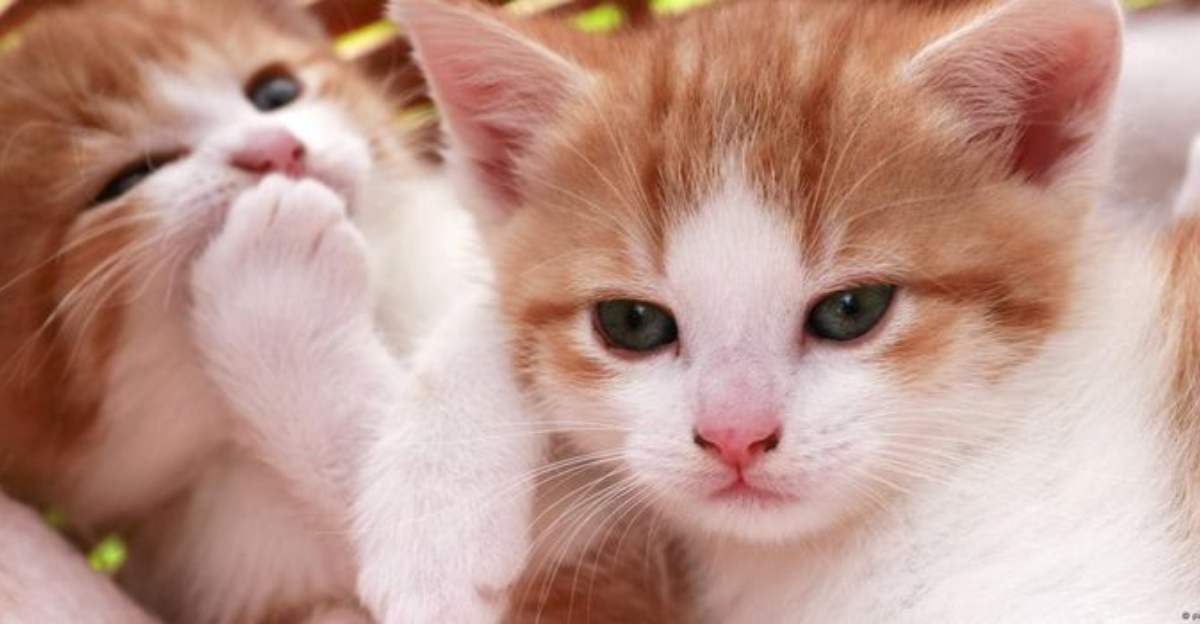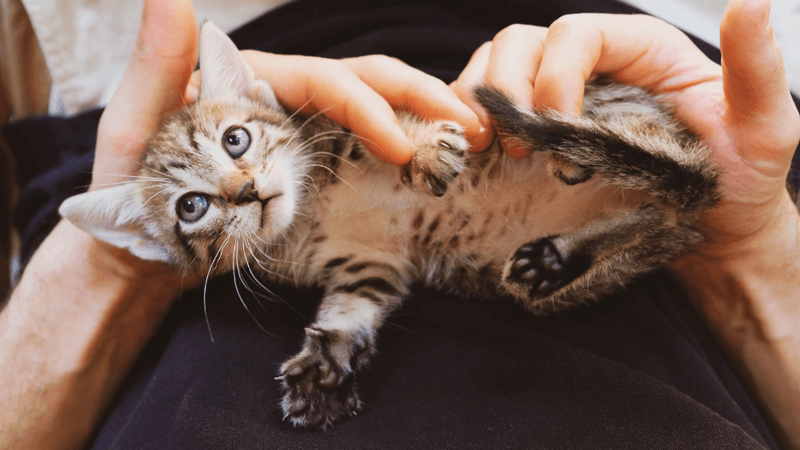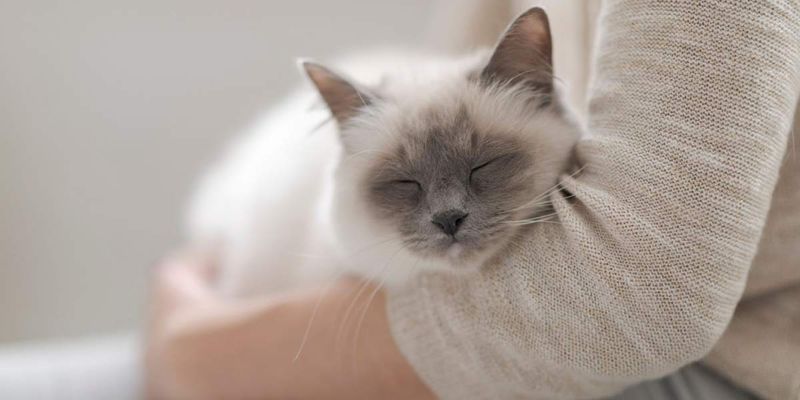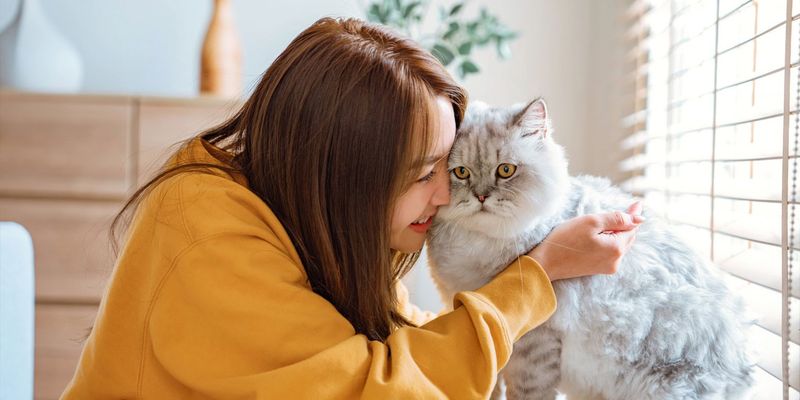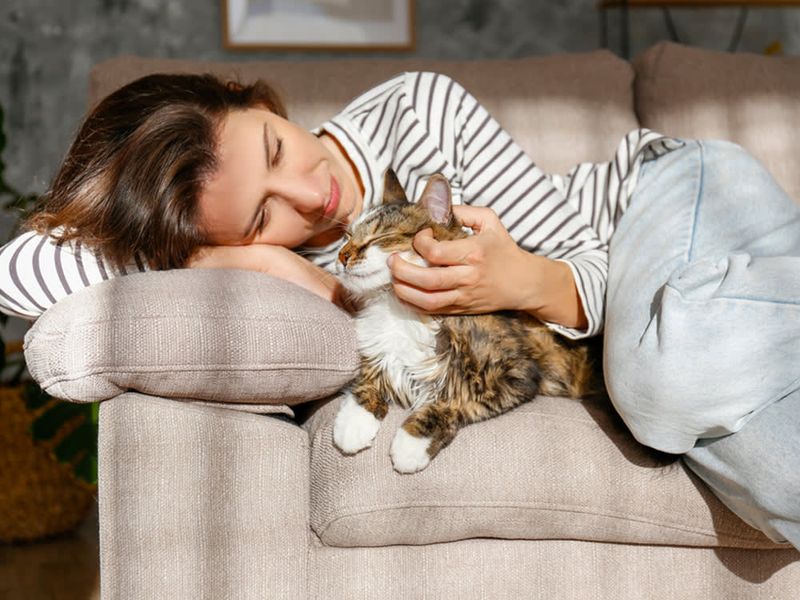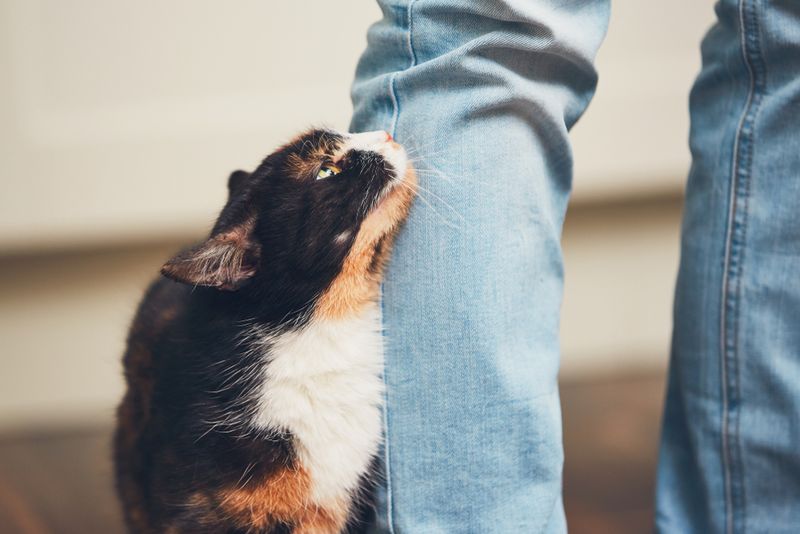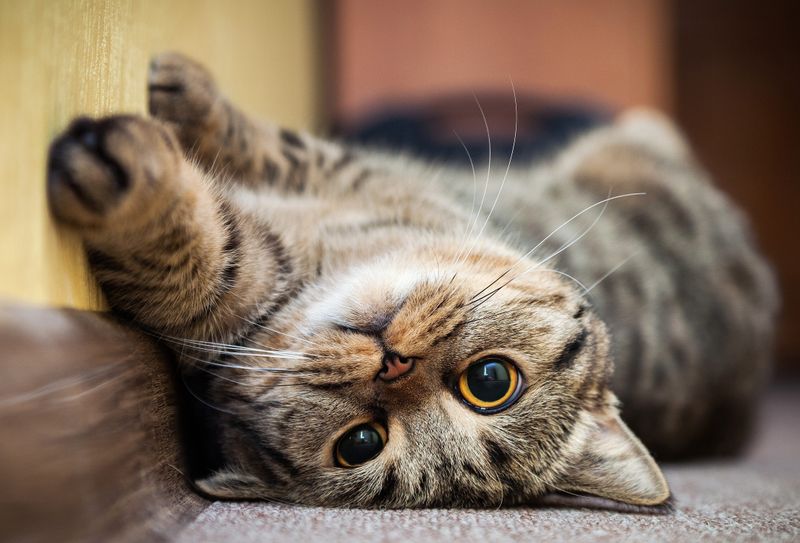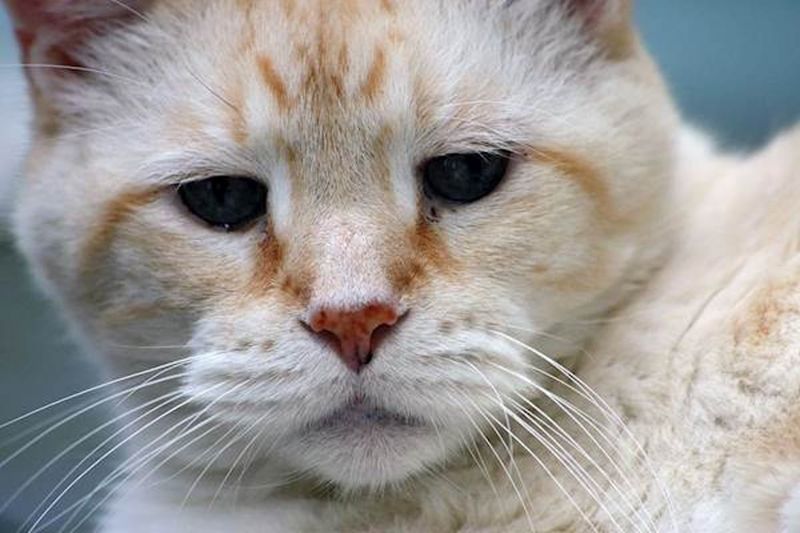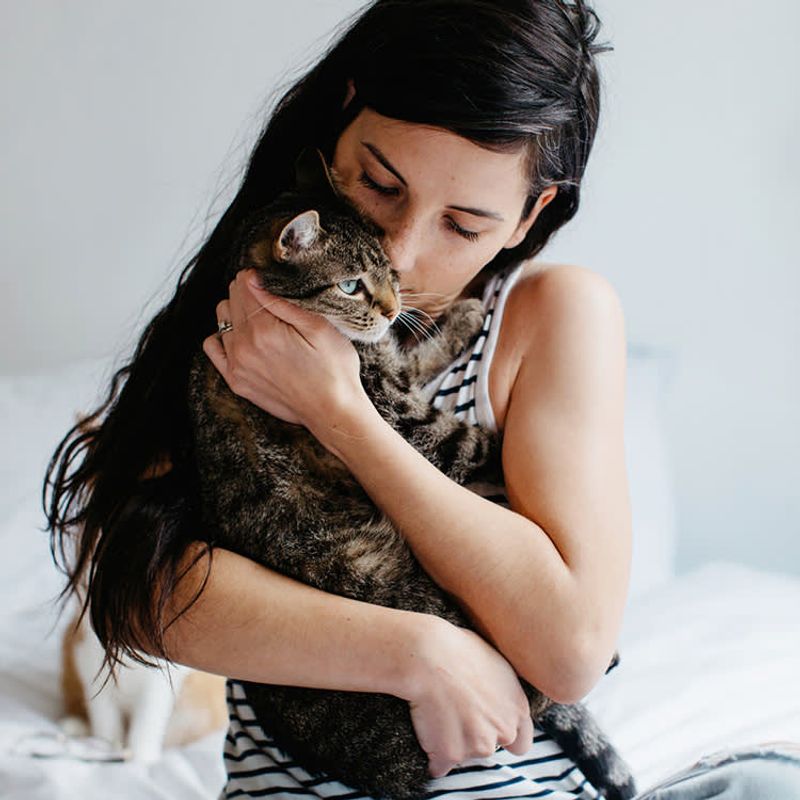📖 Table of Content:
- 1. Early Kittenhood Socialization Makes All The Difference
- 2. Breed Tendencies Play A Surprising Role
- 3. Single-Cat Households Create Stronger Human Bonds
- 4. Your Personality Shapes Your Cat’s Attachment Style
- 5. Past Abandonment Creates Fearful Attachments
- 6. Feeding Routines Build Trust Or Independence
- 7. Age Affects Emotional Vulnerability
- 8. Indoor-Only Lifestyle Intensifies Human Bonds
- 9. Inconsistent Human Behavior Creates Anxious Cats
- 10. Physical Affection Patterns Shape Emotional Bonds
Cats possess complex emotional worlds that can be difficult to interpret. Their reactions to human presence and absence vary widely, often leading to confusion or misinterpretation. What may seem like indifference or clinginess often has deeper roots.
Some cats show signs of distress when left alone, vocalizing, hiding, or refusing to eat. Others remain calm, continuing their routines without noticeable change. These differing behaviors aren’t just chance—they reflect varying attachment styles.
Scientific research has shown that feline attachment can be influenced by early life experiences, environment, and genetics. Bonding levels differ, just as they do in humans and dogs. Understanding these patterns offers insight into a cat’s emotional needs and social preferences.
1. Early Kittenhood Socialization Makes All The Difference
Kittens exposed to gentle human handling between 2-7 weeks develop stronger bonds with people. During this critical window, positive experiences with humans wire a kitten’s brain for social connection.
Cats who missed this early socialization often grow into adults who view humans as merely convenient food providers rather than emotional anchors. The absence of early bonding experiences doesn’t mean they’re cold-hearted – they simply developed different social programming.
Shelter kittens who receive regular volunteer cuddles typically show more attachment behaviors as adults compared to feral-raised cats who had minimal human contact during development.
2. Breed Tendencies Play A Surprising Role
Certain cat breeds naturally form stronger human attachments. Siamese, Burmese, and Ragdolls frequently display separation anxiety, following their people room-to-room and vocalizing distress when left alone.
These breeds were specifically developed for companionship qualities, with generations of selective breeding enhancing their desire for human interaction. Meanwhile, more independent breeds like Russian Blues and Persians tend to maintain their composure when owners depart.
The genetic programming behind these breed differences affects everything from vocalization patterns to how strongly they seek physical proximity to their humans.
3. Single-Cat Households Create Stronger Human Bonds
When cats live without other feline companions, they tend to rely entirely on their humans for social interaction, often forming especially strong bonds.
Research shows single cats are three times more likely to display distress behaviors when left alone compared to homes with multiple cats. They’ve essentially adopted their humans as substitute cats in their social hierarchy.
This explains why the family cat who once seemed independent suddenly becomes clingy after the death of another household pet – they’re experiencing both grief and the sudden loss of a primary social relationship.
4. Your Personality Shapes Your Cat’s Attachment Style
Studies show a strong emotional link between cats and their owners: anxious humans tend to have anxious cats, as feline companions absorb stress cues and hormonal signals from their people.
Calm, consistent owners typically raise more emotionally stable cats who handle separations with grace. Your cat reads your body language and emotional cues with remarkable accuracy.
This mirroring effect explains why cats in households experiencing relationship conflicts often develop behavioral problems – they’re absorbing and reflecting the emotional turbulence around them.
5. Past Abandonment Creates Fearful Attachments
A history of abandonment can leave deep emotional scars in cats, causing them to develop anxious attachment styles and panic when they sense their human might be leaving.
Rescue cats frequently show the most dramatic reunion behaviors – excessive purring, kneading, and vocalizing when their people return. These behaviors stem from genuine relief that their human actually came back.
The fear of abandonment can persist for years, even in loving homes. This explains why some adopted cats panic at the sight of suitcases or become distressed by changes in routine that might signal another potential loss.
6. Feeding Routines Build Trust Or Independence
Unlike free-fed cats, those fed on a routine by their humans tend to develop stronger emotional connections, forged through a sense of reliance and daily interaction.
Cats with constant access to food maintain more emotional independence since meeting their basic needs doesn’t require human presence. Their relationship becomes more about companionship than survival.
This feeding-attachment connection explains why some outdoor cats who hunt for themselves show less distress when owners travel. They’ve maintained their self-sufficiency instincts rather than transferring all survival responsibilities to humans.
7. Age Affects Emotional Vulnerability
Senior cats often develop stronger attachment behaviors as their senses decline. The security of a familiar human becomes increasingly important as their ability to navigate the world independently diminishes.
Many cat owners report their once-aloof pet became a “velcro cat” in old age, seeking constant contact and showing distress when separated. Physical vulnerability creates emotional dependency that wasn’t necessary in their confident younger years.
Young adult cats typically show the most independence, having the physical capabilities to care for themselves without the insecurities of kittenhood or the vulnerabilities of old age.
8. Indoor-Only Lifestyle Intensifies Human Bonds
Because they don’t venture outside, exclusively indoor cats tend to rely more heavily on their humans, making those relationships deeper and more central to their lives.
Indoor cats rely on humans not just for food but for all stimulation, exercise, and social interaction. This complete dependency creates stronger emotional bonds and more noticeable distress when separated.
Meanwhile, cats with outdoor access maintain connections to territory beyond their humans and exercise their independence daily. Their broader world experience provides emotional resources beyond the human-cat relationship.
9. Inconsistent Human Behavior Creates Anxious Cats
The need for predictability is strong in cats; when their humans have unpredictable routines or fail to consistently respond to their needs, it often results in anxious behavior and attachment problems.
When a cat can’t predict whether affection will be available, they develop clingy behaviors – excessive meowing, following, and distress when separated. This uncertainty makes them hypervigilant about their human’s whereabouts.
Conversely, cats with humans who maintain consistent routines and reliably respond to their needs develop secure attachments. They feel confident their person will return, allowing them to relax during separations rather than experiencing feline panic.
10. Physical Affection Patterns Shape Emotional Bonds
Touch-oriented owners raise touch-oriented cats. Humans who provide regular petting, lap time, and physical contact create cats who seek and expect these interactions as expressions of security and love.
When these physically bonded cats experience separation, they miss the tactile comfort their humans provide. The absence of touch creates genuine emotional distress.
Less physically demonstrative owners tend to have cats who don’t seek as much contact and consequently don’t miss it when separated. Neither style is wrong – they simply create different attachment expectations and different responses to separation.
